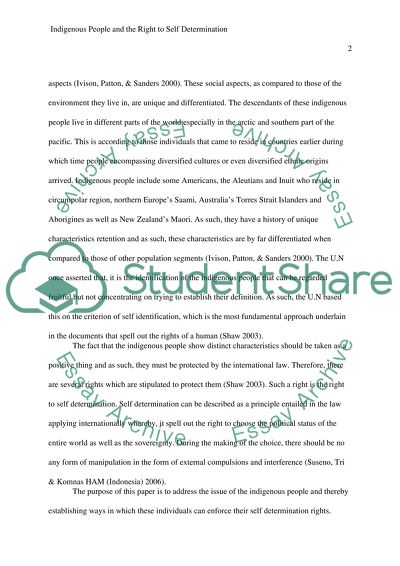Cite this document
(“Indigenous People and the Right to Self Determination Essay”, n.d.)
Indigenous People and the Right to Self Determination Essay. Retrieved from https://studentshare.org/law/1446957-rights-of-indigenous-people-to-self-determination
Indigenous People and the Right to Self Determination Essay. Retrieved from https://studentshare.org/law/1446957-rights-of-indigenous-people-to-self-determination
(Indigenous People and the Right to Self Determination Essay)
Indigenous People and the Right to Self Determination Essay. https://studentshare.org/law/1446957-rights-of-indigenous-people-to-self-determination.
Indigenous People and the Right to Self Determination Essay. https://studentshare.org/law/1446957-rights-of-indigenous-people-to-self-determination.
“Indigenous People and the Right to Self Determination Essay”, n.d. https://studentshare.org/law/1446957-rights-of-indigenous-people-to-self-determination.


